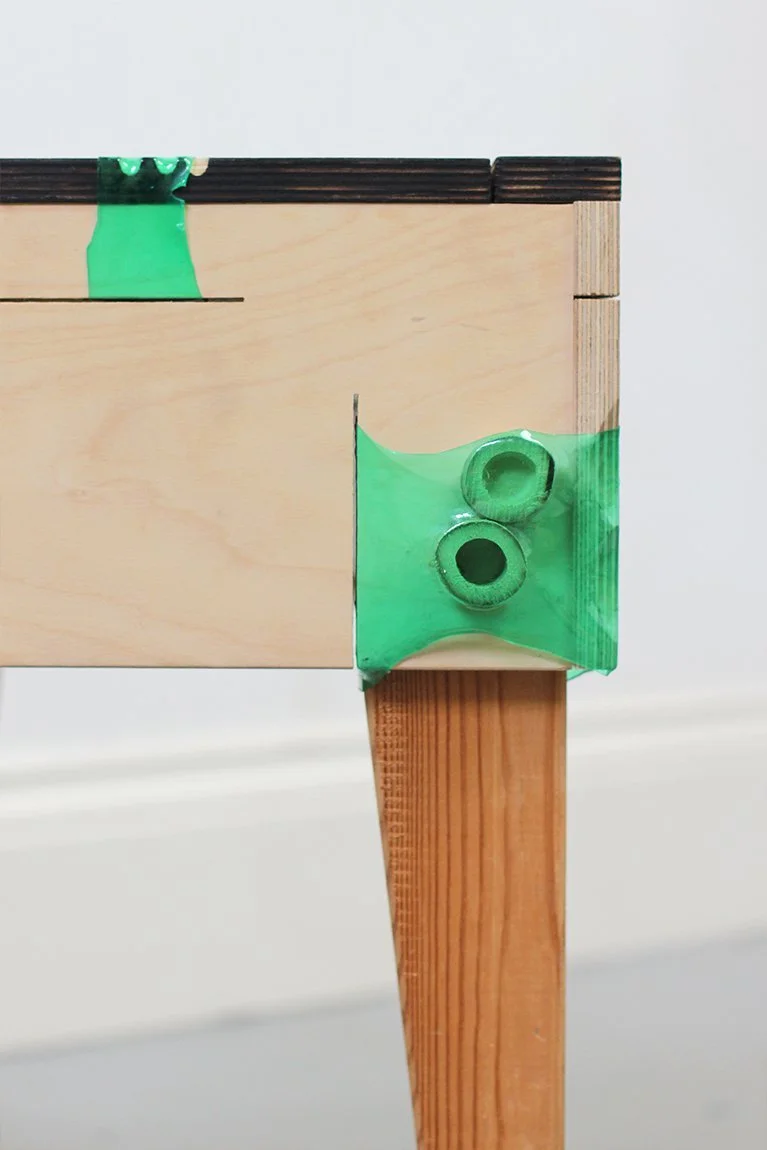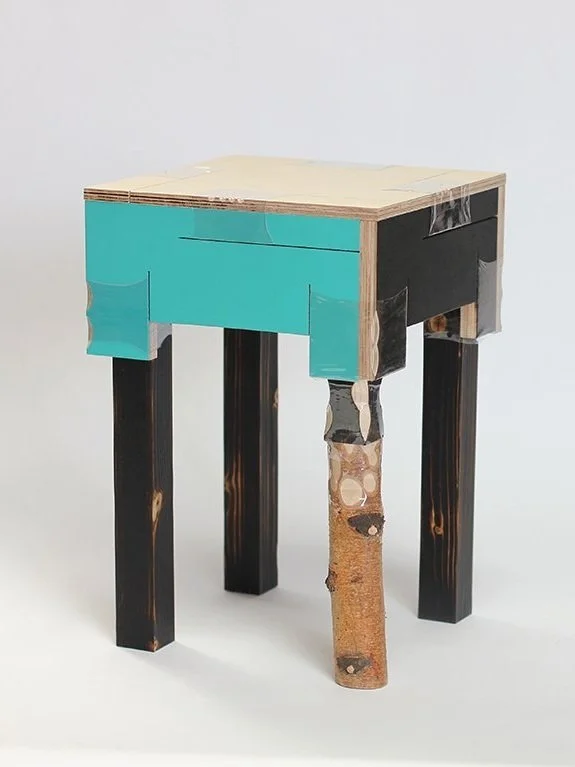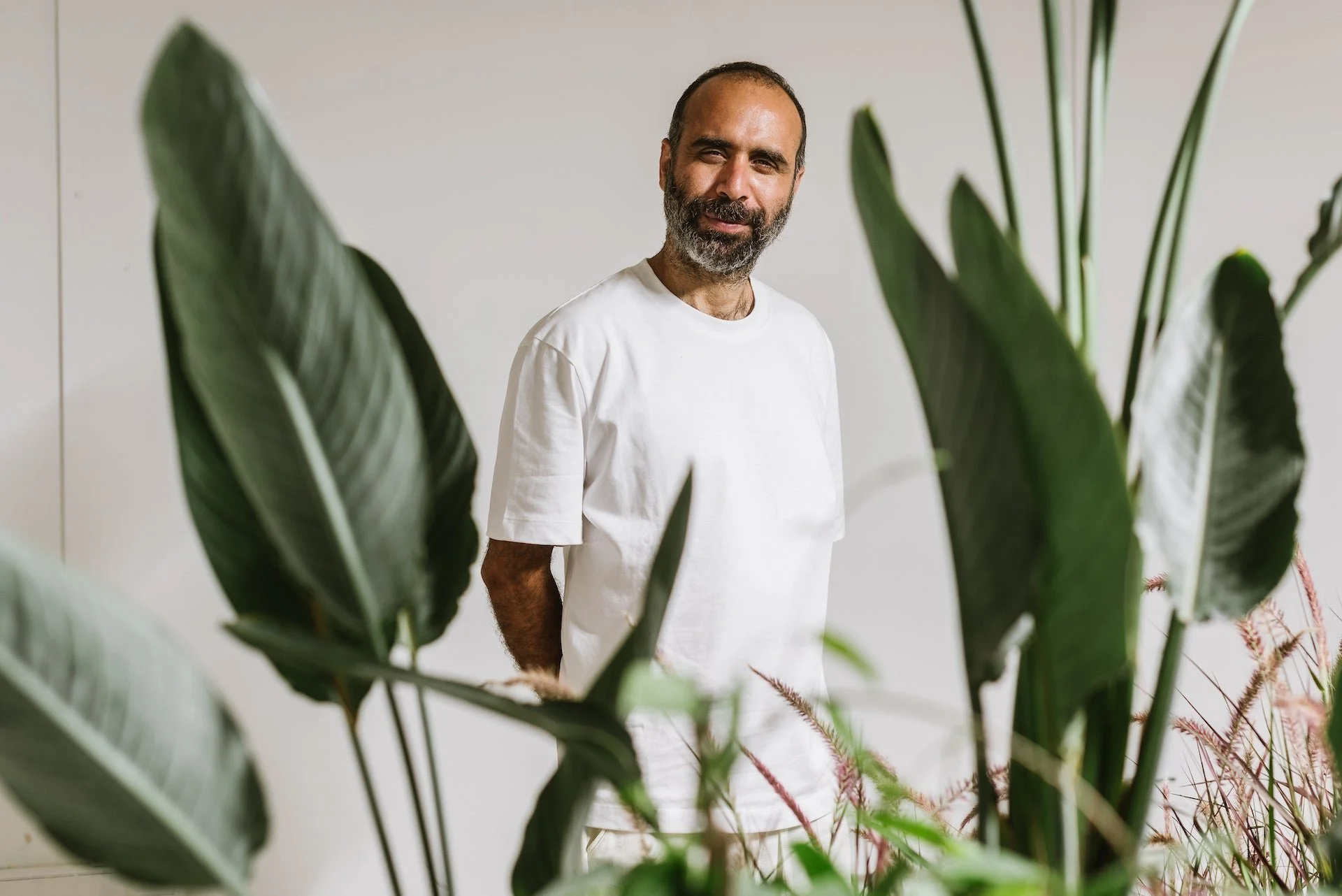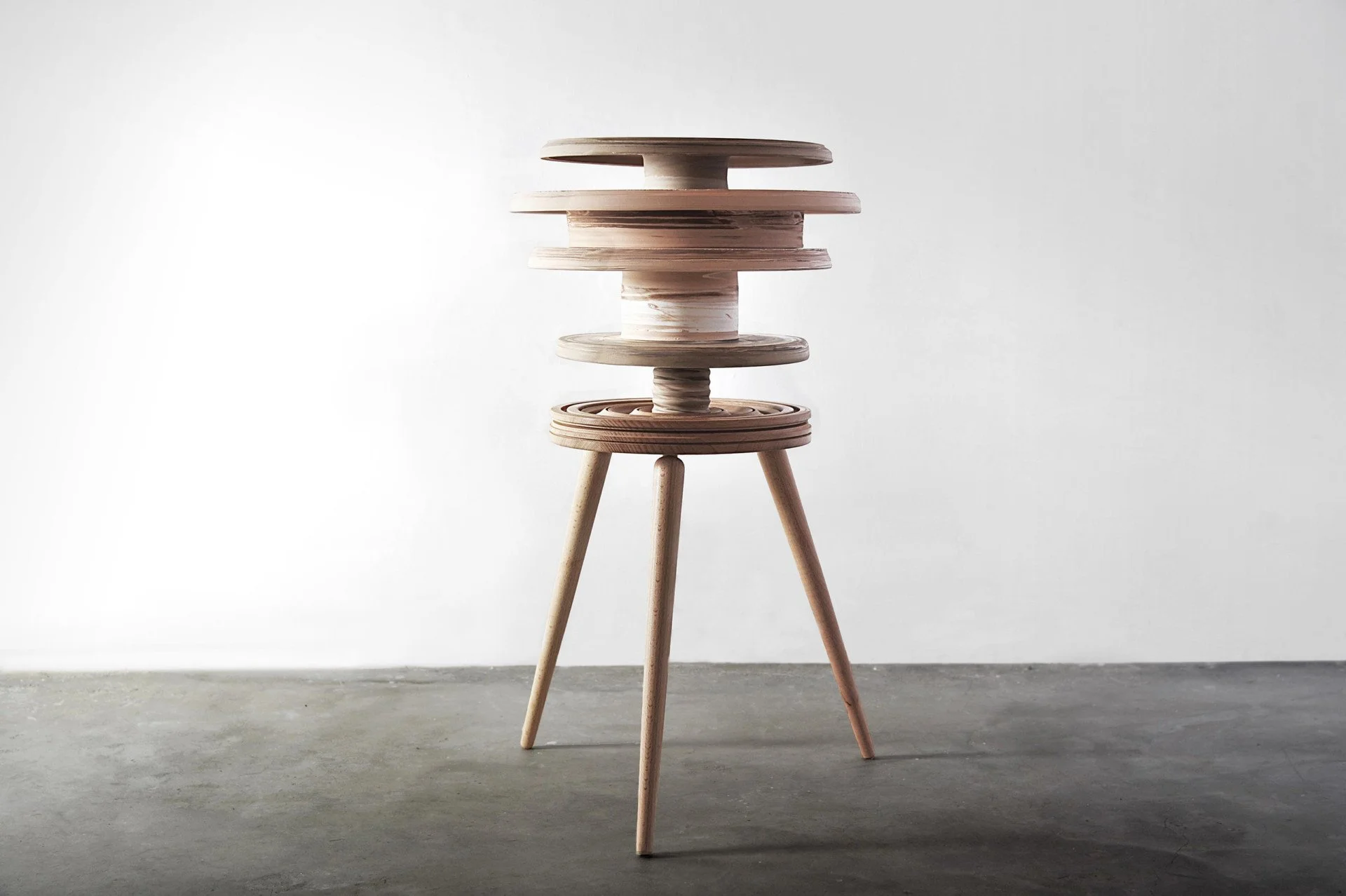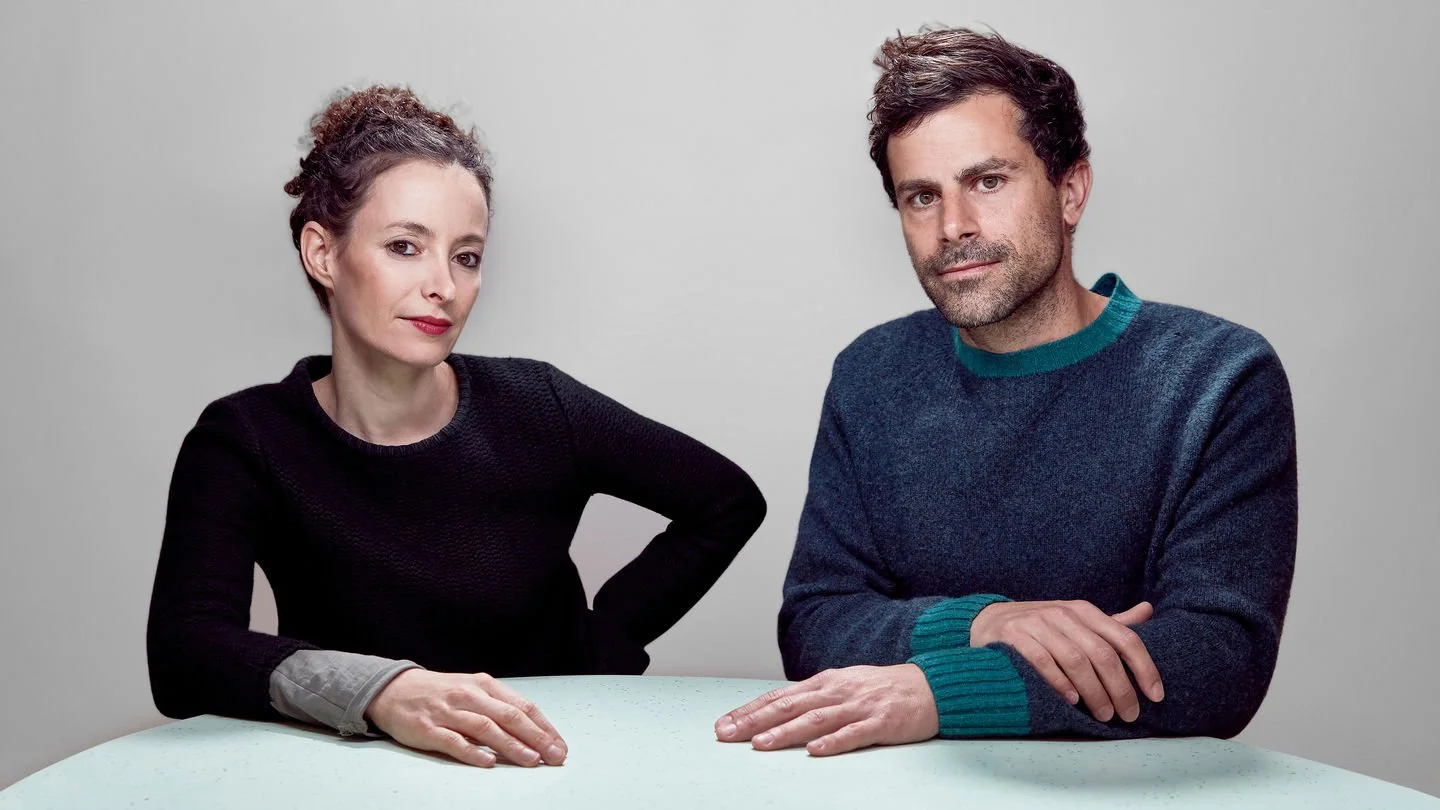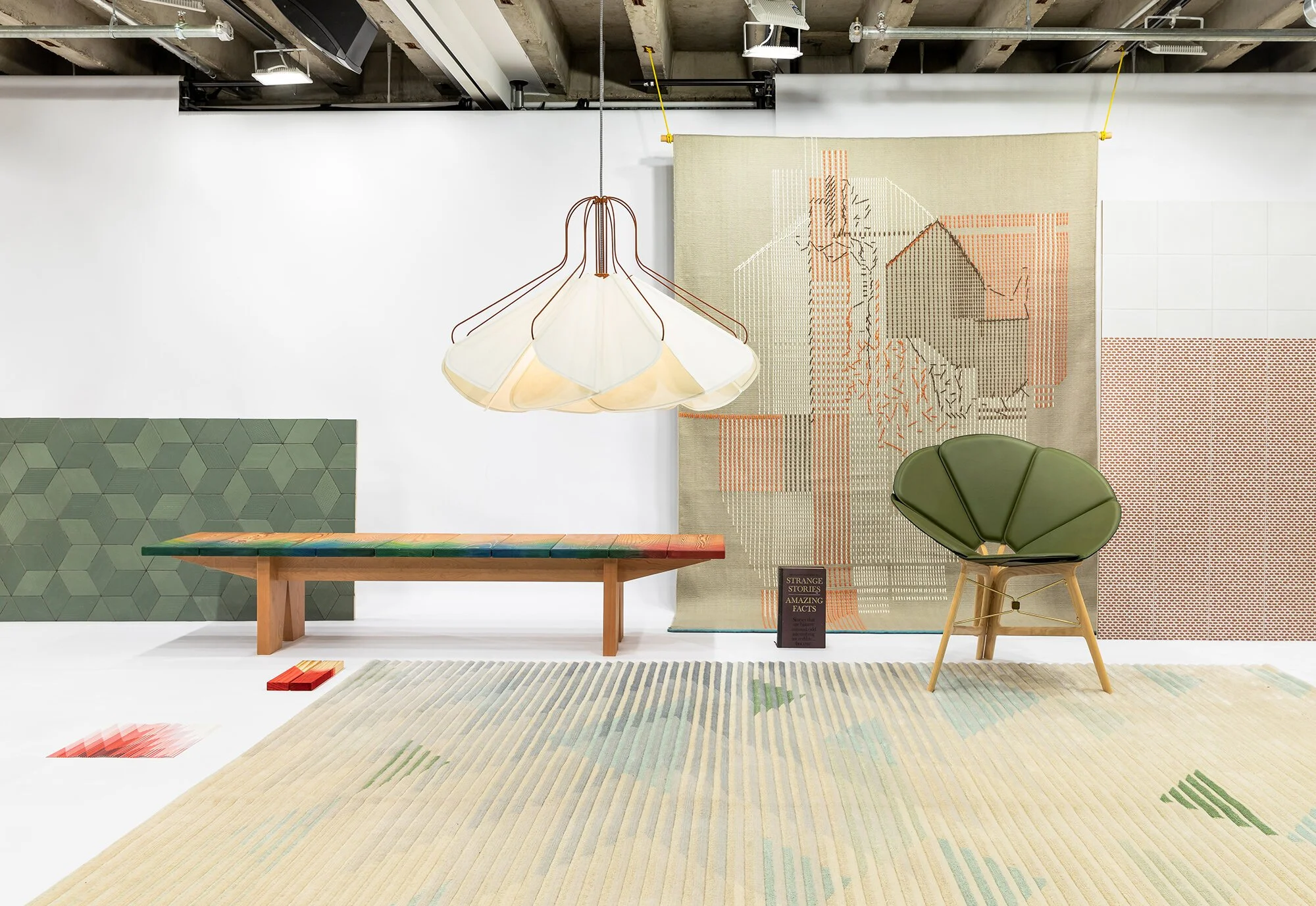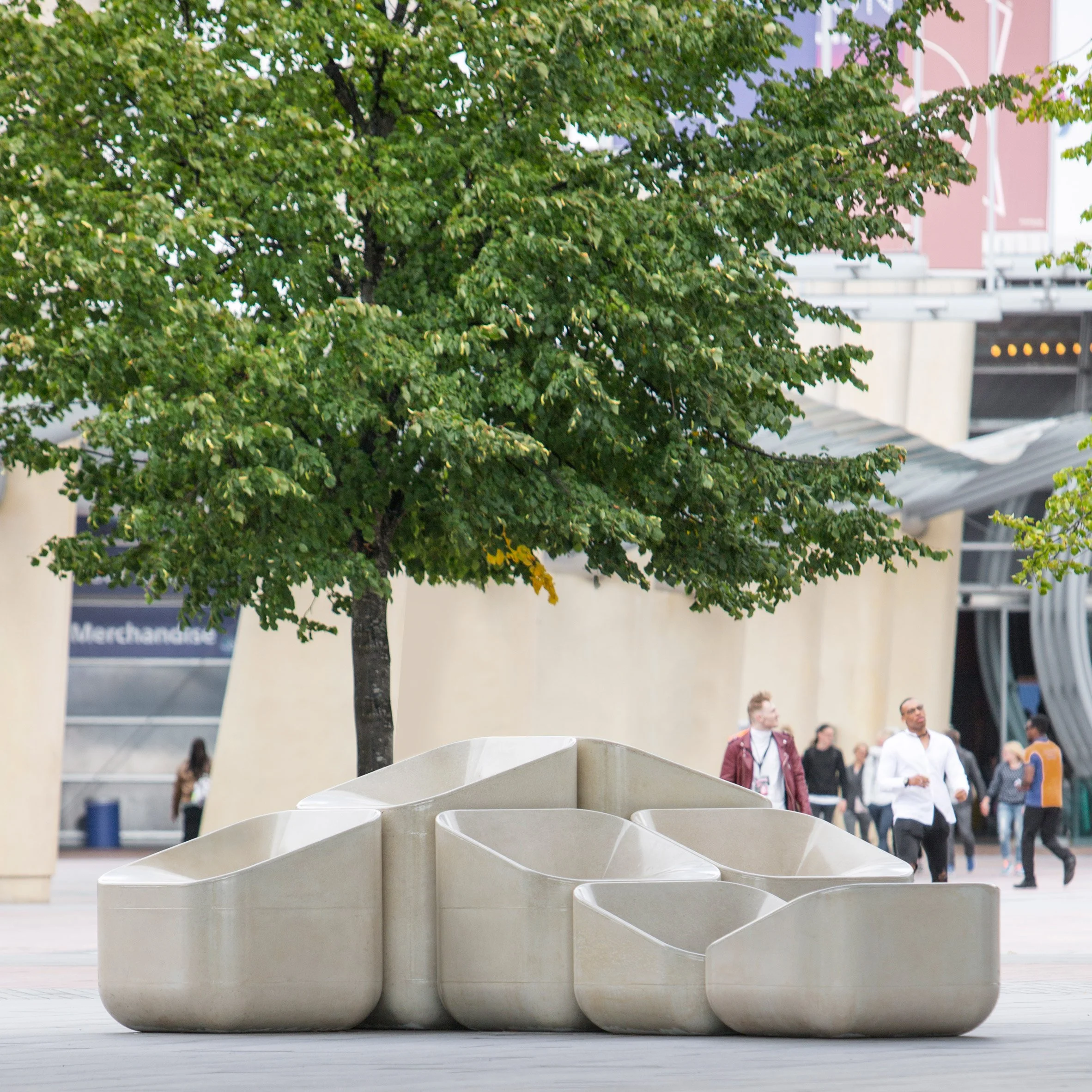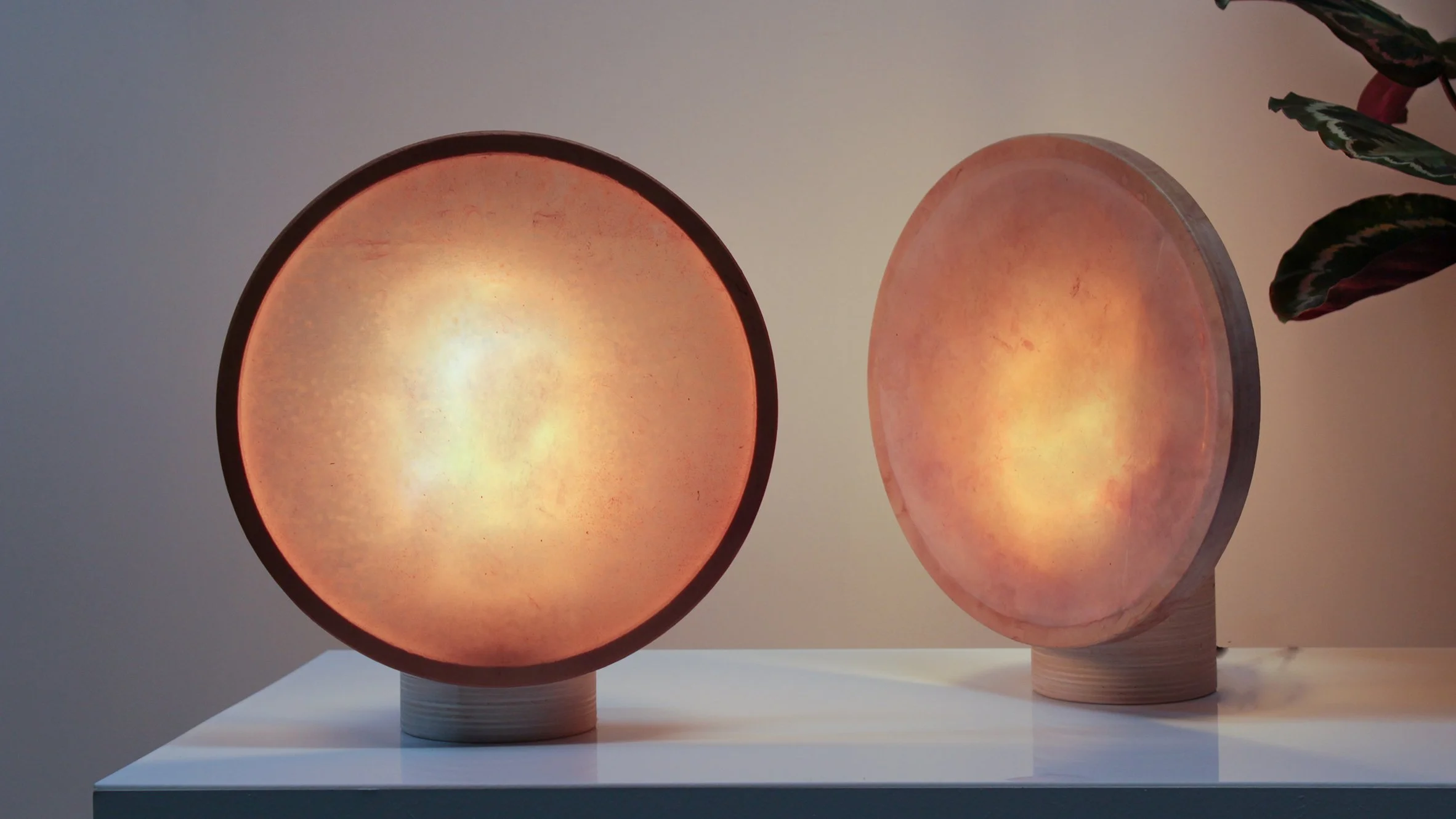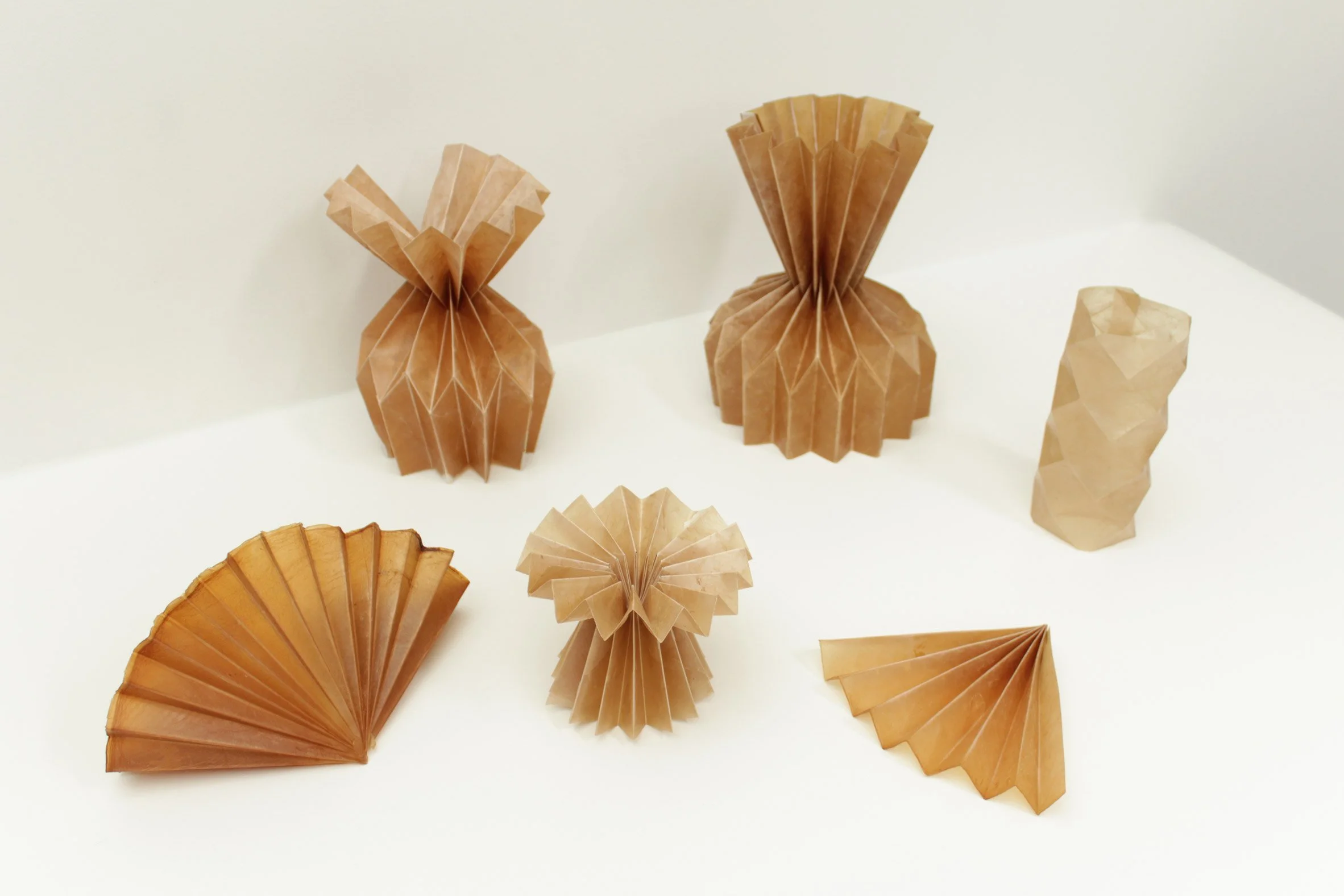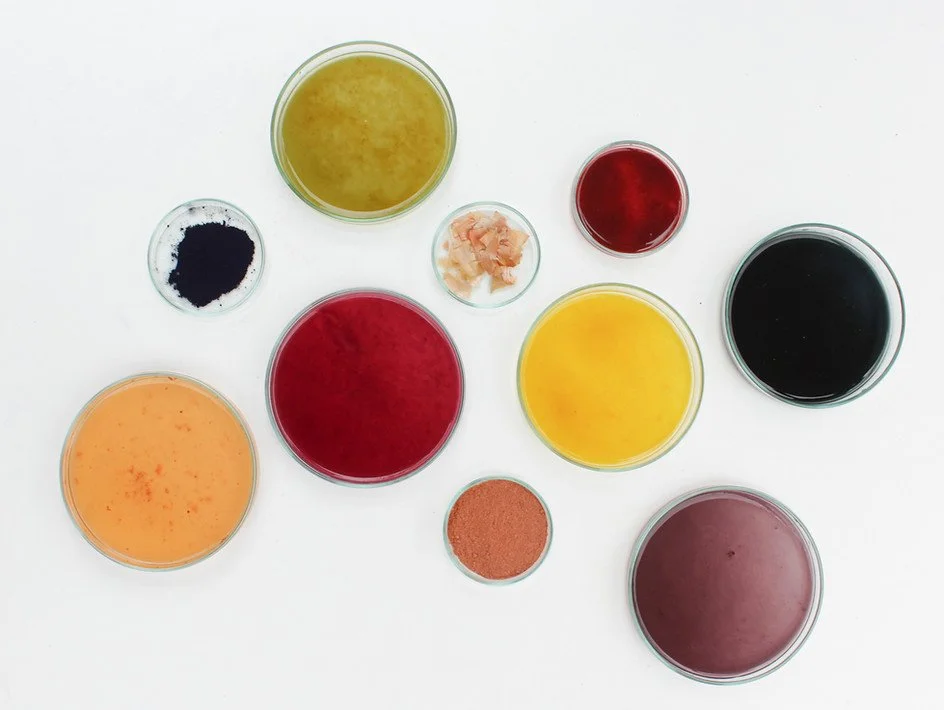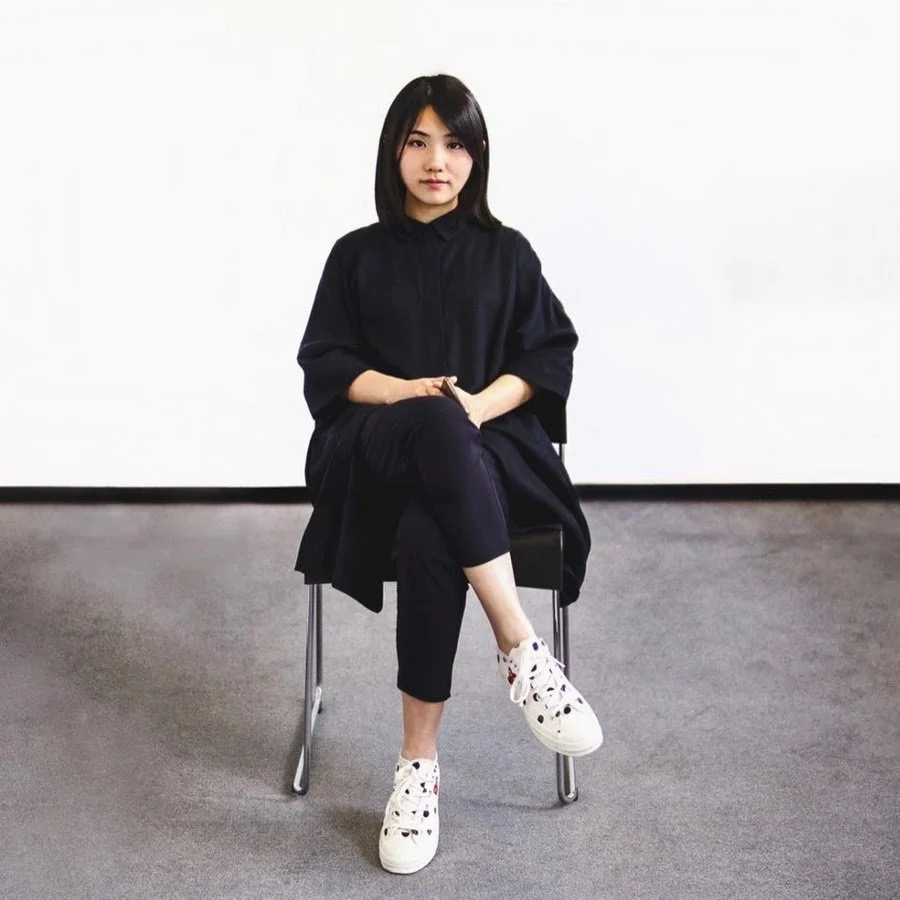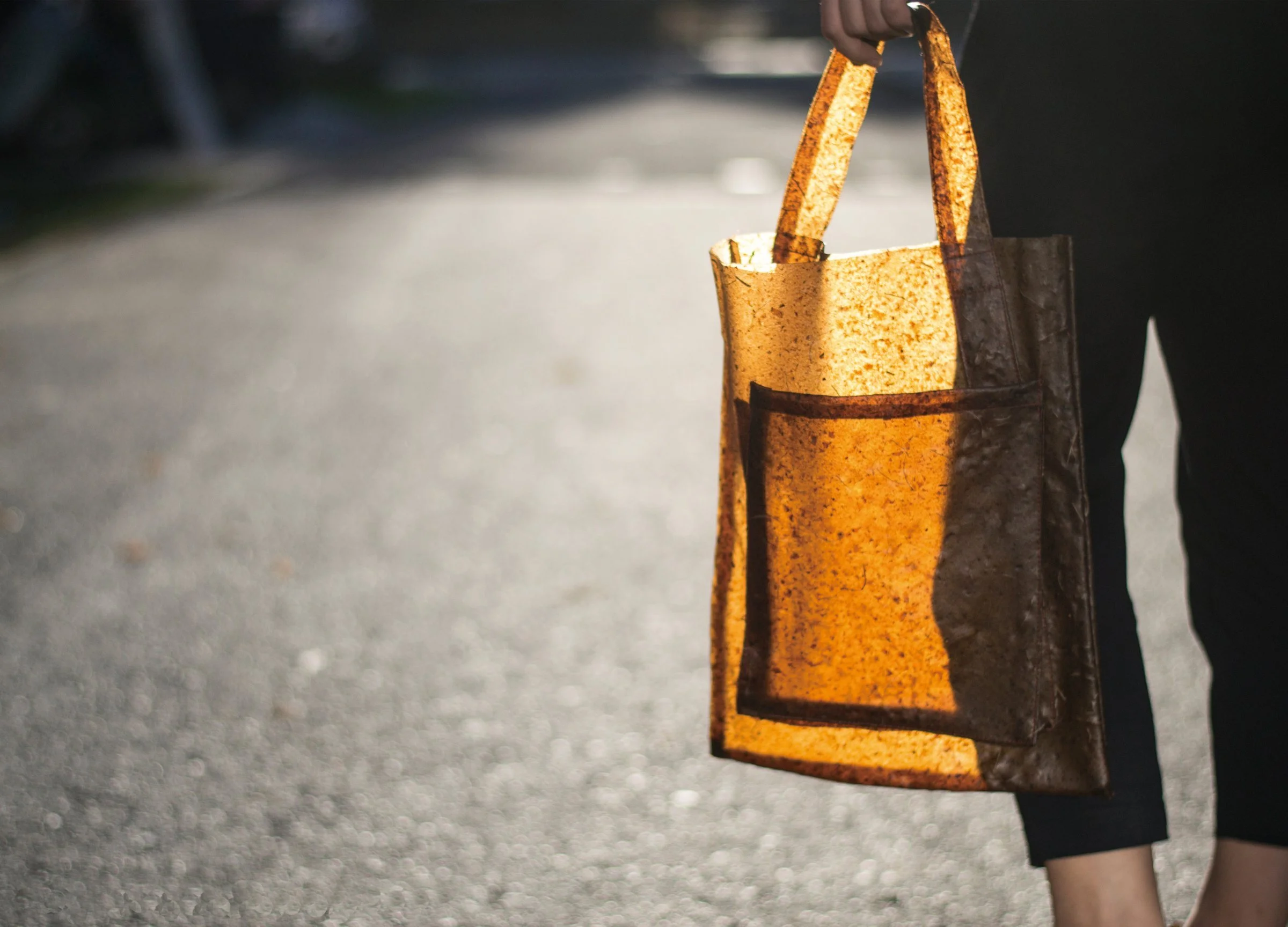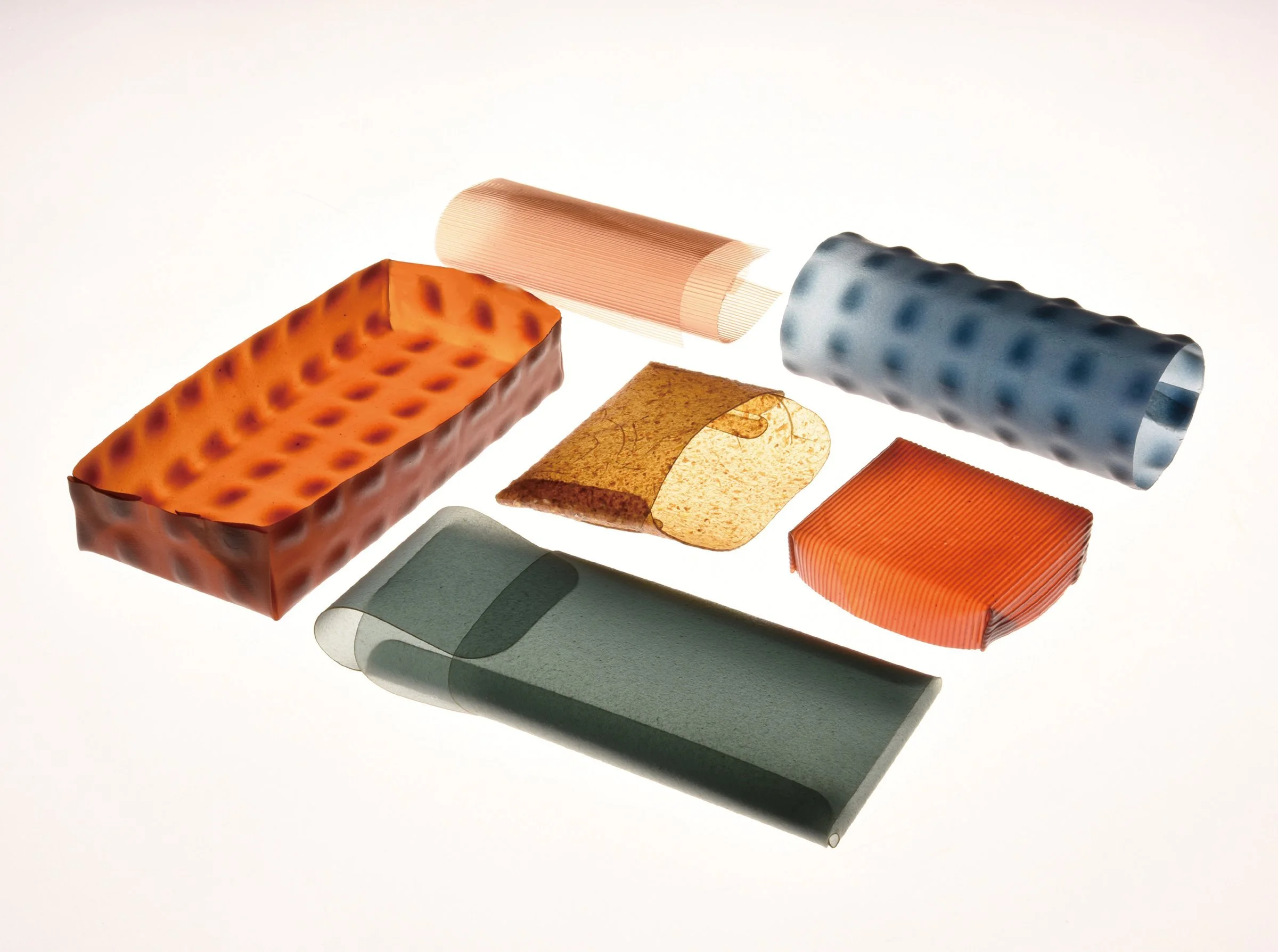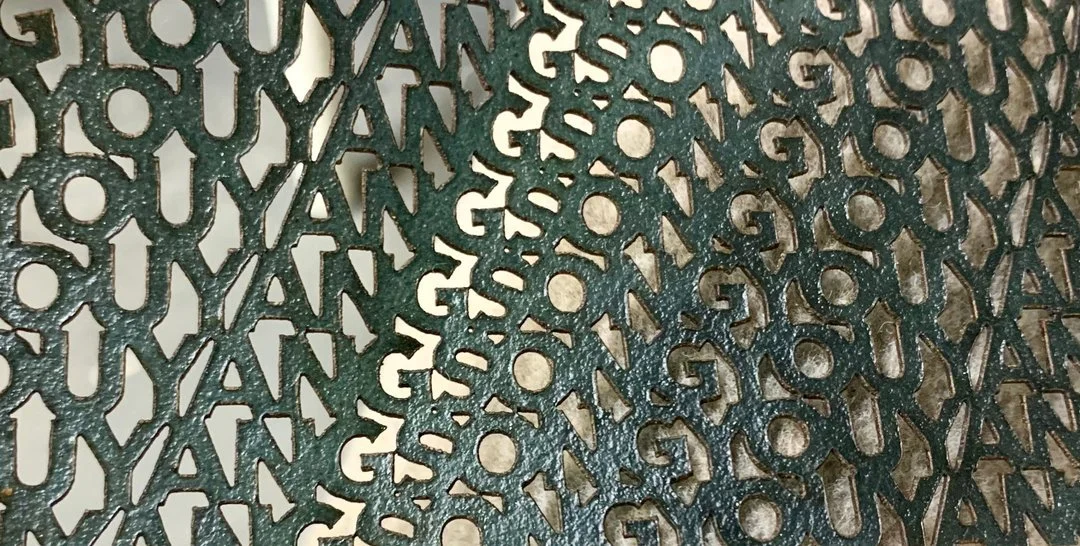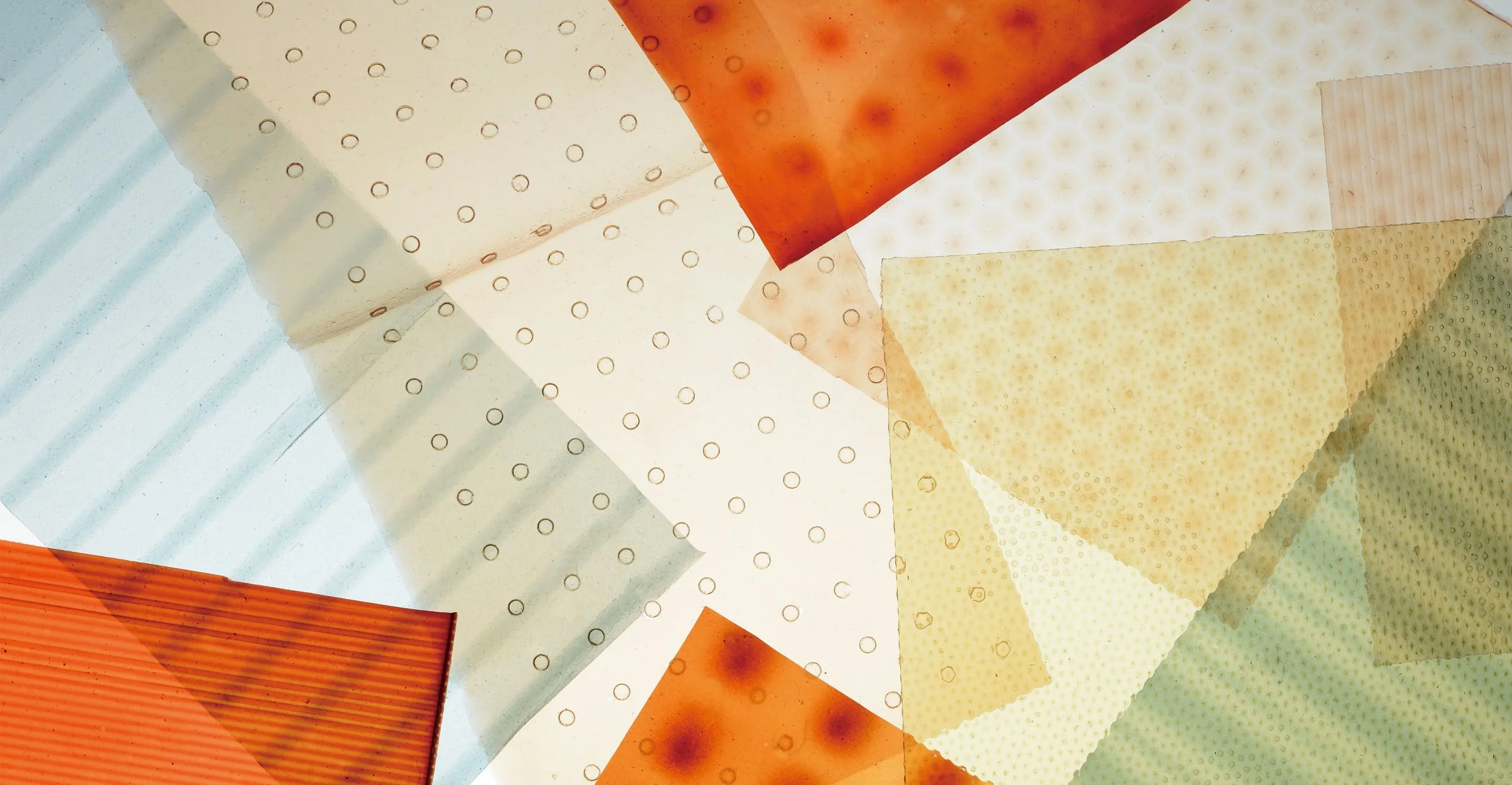 Image 1 of 13
Image 1 of 13

 Image 2 of 13
Image 2 of 13

 Image 3 of 13
Image 3 of 13

 Image 4 of 13
Image 4 of 13

 Image 5 of 13
Image 5 of 13

 Image 6 of 13
Image 6 of 13

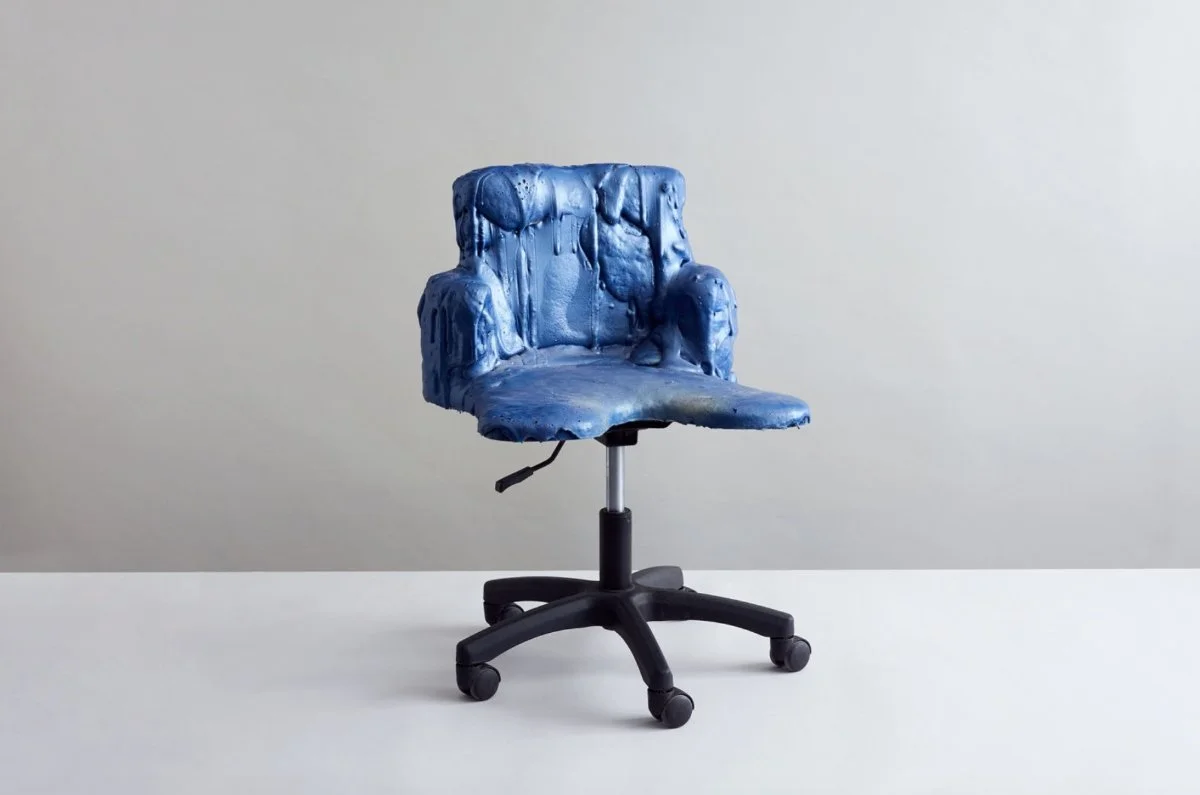 Image 7 of 13
Image 7 of 13

 Image 8 of 13
Image 8 of 13

 Image 9 of 13
Image 9 of 13

 Image 10 of 13
Image 10 of 13

 Image 11 of 13
Image 11 of 13

 Image 12 of 13
Image 12 of 13

 Image 13 of 13
Image 13 of 13














James Shaw explores the material landscape in a hands on way
James Shaw is a British designer and maker based in London, UK. He established his studio with the mission to explore innovative and sustainable design solutions through experimental approaches to materials, particularly waste plastics. Shaw's current mission focuses on challenging notions of waste and creating beautiful, functional objects from recycled materials. Core values include sustainability, innovation, and craftsmanship, with a purpose to redefine the relationship between design, materials, and the environment.
Location
Headquarters: London, United Kingdom.
Primary manufacturing/operations locations: Studio in London, with various collaborations and exhibitions globally.
The Circular Vision
Core circular economy principles: Designing out waste, using recycled materials, and creating products that promote environmental awareness and sustainable practices.
Key innovations: Development of the "Plastic Baroque" series, which transforms waste plastics into decorative and functional objects using custom-built extrusion guns.
Prioritization of local sourcing and closed-loop supply chains: Emphasis on using locally sourced waste materials and sustainable production methods to minimize environmental impact and support local economies.
Pioneering Solutions
Flagship projects: Shaw's portfolio includes innovative projects such as the "Plastic Baroque" series (furniture and objects made from extruded waste plastic), "Wood Metal Plastic" series (combining traditional materials with recycled plastic), and various experimental furniture and object designs that challenge conventional manufacturing processes.
The Regenerative Future
R&D focus areas: Advancing sustainable design techniques, exploring new applications for waste plastics and other recycled materials, and developing solutions that further reduce waste and energy consumption in design and production processes.
Ambitious goals: To lead the design industry in sustainable practices, create zero-waste products, and inspire a shift towards a regenerative approach to design and material usage.
Fact Sheet
Commercial Availability: Design services and products available through collaborations, exhibitions, and direct sales from his website.
Circularity Rating: 5/5 (Strong focus on integrating circular economy principles and waste reduction in design).
Key Certifications: Nominated for the Design Museum Designs of the Year Award, winner of the Arc Chair Design Award.
Cost Rating: 4/5 (High-end design pieces with significant value in sustainability and innovation).
Material Passport: Detailed material traceability and use of recycled and waste materials in projects.
Designed for Disassembly: Information not explicitly provided, but emphasis on material exploration suggests potential for adaptability and reuse.
Carbon Performance: Focus on reducing carbon footprint through the use of waste materials and local production. Committed to minimizing environmental impact through efficient design and manufacturing processes.
Key Takeaway
James Shaw transforms the design industry through innovative, sustainable solutions that prioritize circular economy principles, setting a benchmark for environmental responsibility and material innovation in contemporary design.
Explore Further
James Shaw website: https://jamesmichaelshaw.co.uk
James Shaw is a British designer and maker based in London, UK. He established his studio with the mission to explore innovative and sustainable design solutions through experimental approaches to materials, particularly waste plastics. Shaw's current mission focuses on challenging notions of waste and creating beautiful, functional objects from recycled materials. Core values include sustainability, innovation, and craftsmanship, with a purpose to redefine the relationship between design, materials, and the environment.
Location
Headquarters: London, United Kingdom.
Primary manufacturing/operations locations: Studio in London, with various collaborations and exhibitions globally.
The Circular Vision
Core circular economy principles: Designing out waste, using recycled materials, and creating products that promote environmental awareness and sustainable practices.
Key innovations: Development of the "Plastic Baroque" series, which transforms waste plastics into decorative and functional objects using custom-built extrusion guns.
Prioritization of local sourcing and closed-loop supply chains: Emphasis on using locally sourced waste materials and sustainable production methods to minimize environmental impact and support local economies.
Pioneering Solutions
Flagship projects: Shaw's portfolio includes innovative projects such as the "Plastic Baroque" series (furniture and objects made from extruded waste plastic), "Wood Metal Plastic" series (combining traditional materials with recycled plastic), and various experimental furniture and object designs that challenge conventional manufacturing processes.
The Regenerative Future
R&D focus areas: Advancing sustainable design techniques, exploring new applications for waste plastics and other recycled materials, and developing solutions that further reduce waste and energy consumption in design and production processes.
Ambitious goals: To lead the design industry in sustainable practices, create zero-waste products, and inspire a shift towards a regenerative approach to design and material usage.
Fact Sheet
Commercial Availability: Design services and products available through collaborations, exhibitions, and direct sales from his website.
Circularity Rating: 5/5 (Strong focus on integrating circular economy principles and waste reduction in design).
Key Certifications: Nominated for the Design Museum Designs of the Year Award, winner of the Arc Chair Design Award.
Cost Rating: 4/5 (High-end design pieces with significant value in sustainability and innovation).
Material Passport: Detailed material traceability and use of recycled and waste materials in projects.
Designed for Disassembly: Information not explicitly provided, but emphasis on material exploration suggests potential for adaptability and reuse.
Carbon Performance: Focus on reducing carbon footprint through the use of waste materials and local production. Committed to minimizing environmental impact through efficient design and manufacturing processes.
Key Takeaway
James Shaw transforms the design industry through innovative, sustainable solutions that prioritize circular economy principles, setting a benchmark for environmental responsibility and material innovation in contemporary design.
Explore Further
James Shaw website: https://jamesmichaelshaw.co.uk


